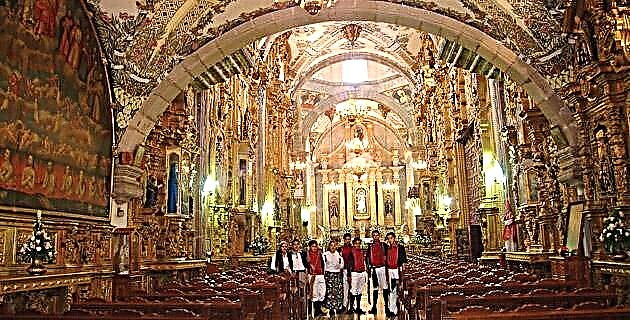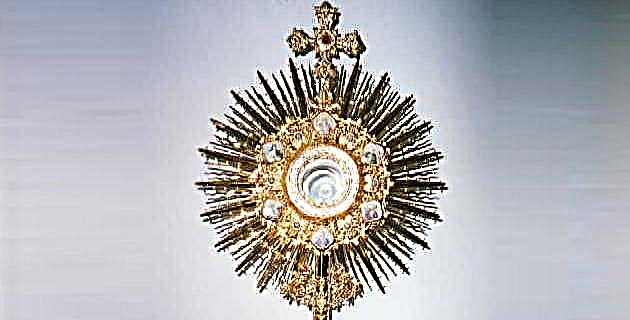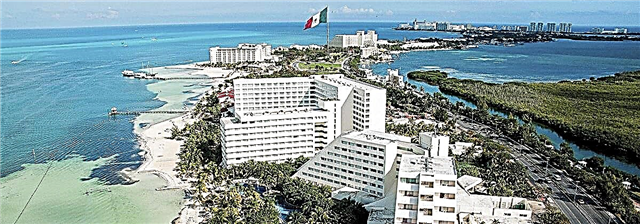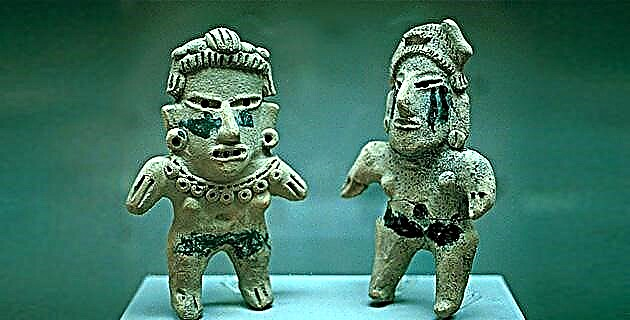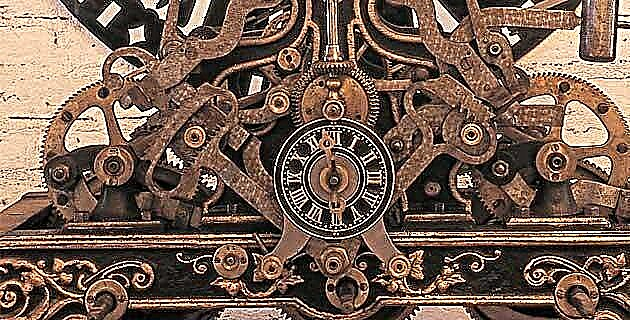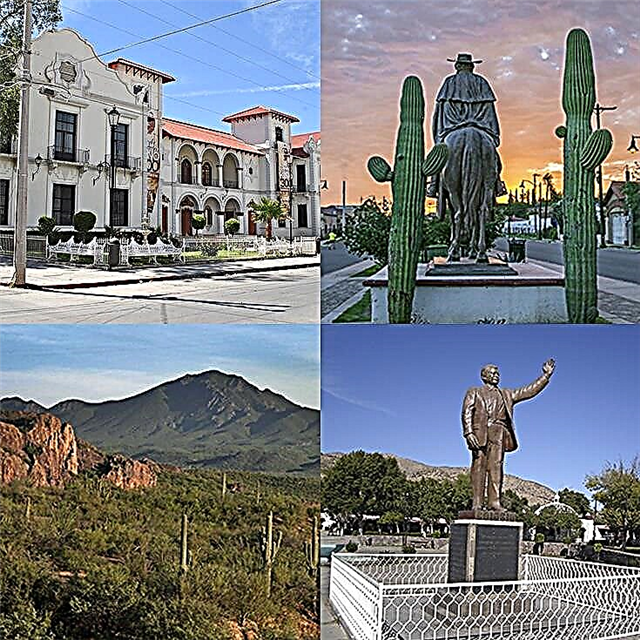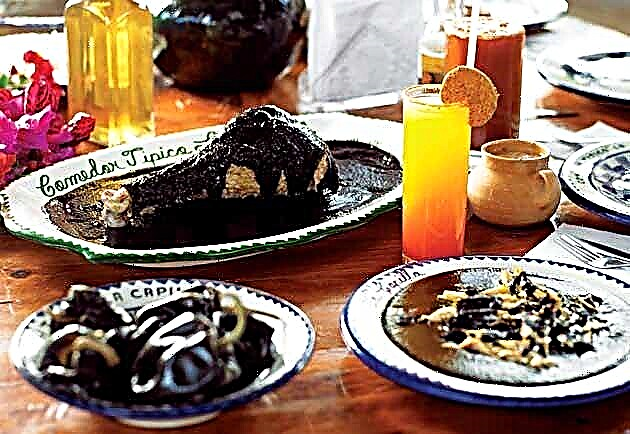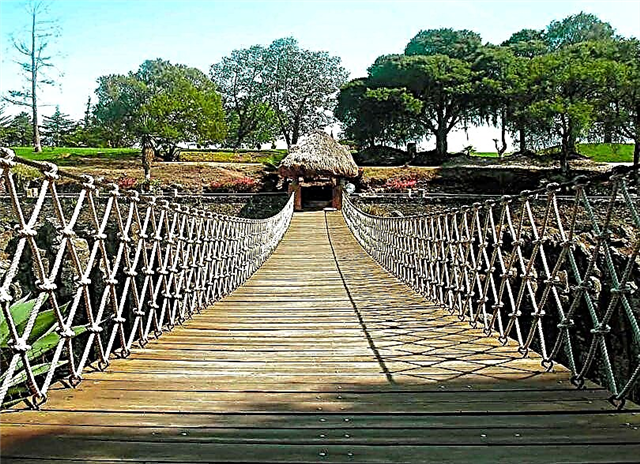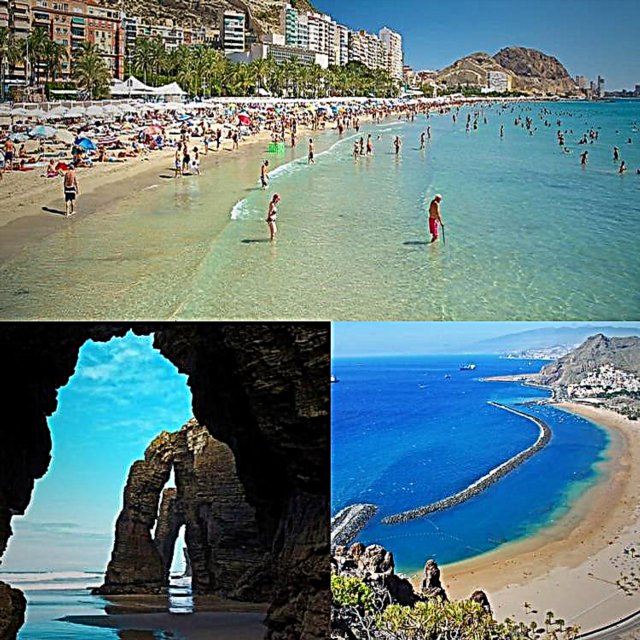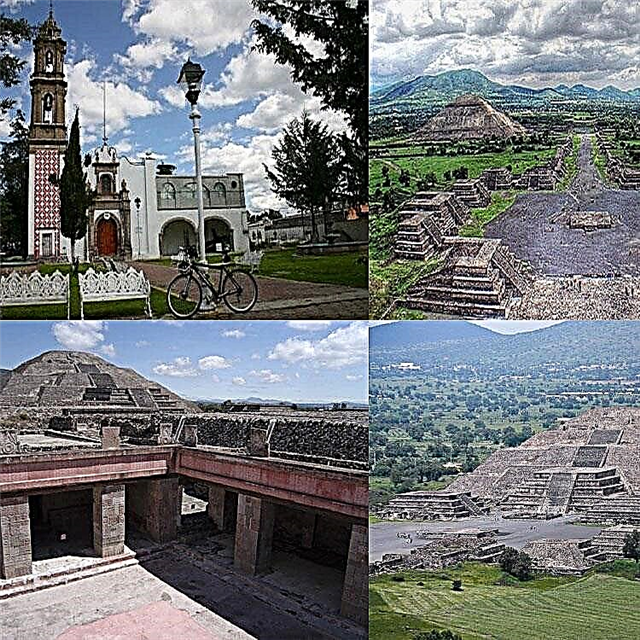Teotihuacán is part of Mexican history and legend for its impressive archaeological city, but it also has other interesting attractions. We invite you to know the Magic Town mexica with this comprehensive guide.
1. Where is San Juan Teotihuacán?
Teotihuacán is a Mexica municipality whose head is the small city of Teotihuacán de Arista, absorbed by the Metropolitan Area of Mexico City. It is adjacent to the Mexican towns of San Martín de las Pirámides, Santa María Coatlan, San Francisco Mazapa, San Sebastián Xolalpa, Purificación, Puxtla and San Juan Evangelista. The distance between the center of Mexico City and Teotihuacán de Arista is about 50 km traveling in a northeast direction on Highway 132D; while the state capital, Toluca, is 112 km.
2. How did the town arise?
The first buildings of the archaeological city of Teotihuacán date from the beginning of our era and its intense urban development reached levels comparable to those that later would have Tenochtitlán. During the viceregal era, the town received the name of San Juan Teotihuacán and in the midst of the War of Independence it was a vital food supply center for Mexico City. Subsequent armed conflicts ruined the region and during the first decade of the 20th century the first archaeological reconstructions were carried out. In 2015, San Juan Teotihuacán and its brother San Martín de las Pirámides were declared a Magic Town.
3. What is the Teotihuacan climate like?
San Juan Teotihuacán enjoys a pleasantly warm and dry climate, with an annual average temperature of 15 ° C, very stable throughout the seasons. The least cool month is May, when the thermometer reads 18 ° C, while the coldest season is December and January, when it is around 12 ° C. The rains are moderate, reaching 586 mm per year, with the rainfall concentrated between May and October.
4. What are the best attractions of the Pueblo Mágico?
San Juan Teotihuacán was designated a Magical Town along with the neighboring town of San Martín de las Pirámides mainly by the Pre-Hispanic City of Teotihuacán, which contains pyramids, rooms and sculptural and pictorial manifestations of great historical and artistic importance for Mexico. Apart from the majestic pre-Columbian city, in the municipal seat of Teotihuacán de Arista there are notable examples of viceregal architecture, such as the Ex-Convent of San Juan Bautista and the Temple of Our Lady of Purification. To vary the archaeological and architectural visits a bit, we recommend you visit the Cactaceae Garden and the Animal Kingdom Park.
5. When was the Pre-Hispanic City of Teotihuacán built?
The main attraction of the municipality of Teotihuacán is the pre-Columbian city of the same name, one of the most important in Mesoamerica. It was built by an advanced civilization prior to the Mexica, of which little is known. The first constructions are already two thousand years old and its ruins so impressed the Mexica that they gave it the Nahua name of "Teotihuacán" which means "place where men become gods." The main components of the splendid complex are the Pyramids of the Sun and the Moon, the Citadel and the Pyramid of the Feathered Serpent, and the Palace of Quetzalpapálotl. Teotihuacán was declared a World Heritage Site in 1987.
6. What is the importance of the Pyramids of the Sun and the Moon?
With a height of 63 meters, the Pyramid of the Sun is the second highest in Mesoamerica, only surpassed by the Great Pyramid of Cholula. It has 5 bodies and its approximate shape is that of a square 225 meters on each side. It is located on the east side of the Calzada de los Muertos and was rebuilt in the 1900s by the pioneer of modern archeology in Mexico, Leopoldo Batres. The use that the builders gave to this work is unknown, although it is presumably that it had a supreme ceremonial purpose. That of the Moon is the oldest of the two pyramids, with a height of 45 meters, although its summit is more or less at the same level as that of the Sun because it was built on higher ground.
7. What is in the Citadel and in the Pyramid of the Feathered Serpent?
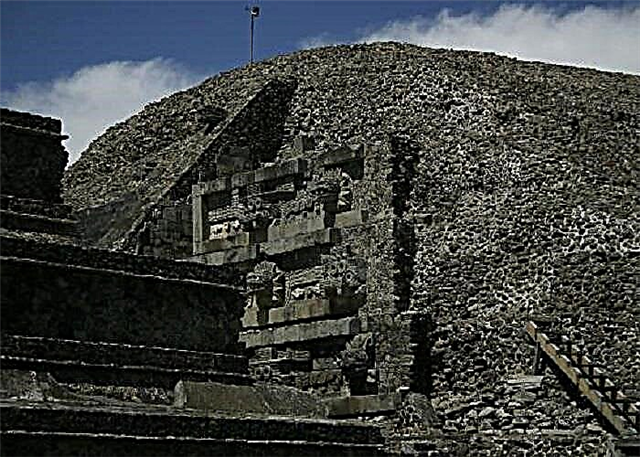
The Citadel is a 400 meter square quadrangle built between the 2nd and 3rd centuries, located on the west side of the Calzada de los Muertos; It contains the Pyramid of the Feathered Serpent and several secondary temples and chambers. Due to its monumental size, it is believed that it replaced the area of the Pyramid of the Sun as the nerve center of a city that is estimated to have between 100 and 200 thousand inhabitants. The Pyramid of the Feathered Serpent stands out for the beauty of the sculptural representations of the deity of the Feathered Serpent. It was an important center for human sacrifices, having found the remains of more than 200 sacrifices.
8. Why is the Palace of Quetzalpapálotl distinguished?
Quetzalpapálotl means "butterfly-quetzal" in Nahua. It is believed that this palace was the residence of the highest authorities of Teotihuacán, probably the priests. It stands out for its carved decoration of butterflies, plumes of quetzal feathers and jaguars, superb examples of the oldest Mexican pre-Hispanic art. To access the palace located in the southwest corner of the esplanade where the Pyramid of the Moon is, you have to climb a stairway guarded by images of jaguars.
9. What is the Ex Convent of San Juan Bautista like?
This mid-16th century building has an atrial portal with decorated arches and a niche with the image of the Baptist at the top. The temple is distinguished by its ornate stone facade and by its striking tower decorated with triglyphs and floral motifs, with Solomonic columns and two bodies for bells. The Open Chapel has lowered arches supported by Doric columns. Inside the complex, the pulpit carved in noble wood and the old baptismal font stand out.
10. Where are the Cactaceae Garden and the Animal Kingdom Park?
The garden located near the archaeological city gathers in an area of 4 hectares a magnificent sample of the xerophilous flora of the arid Mexican areas, such as different types of magueys, palms, cat's claws, biznagas and many other species. The zoo is located on the road to the town of Tulancingo in Hidalgo and the animals live in total freedom. Apart from admiring the fauna, in the Animal Kingdom Park you can live the experience of milking a goat, witnessing the taming of horses and riding ponies.
11. How are Teotihuacan crafts and food?
In the area there is a millenary tradition of carving obsidian or volcanic glass since the ancient pre-Hispanic peoples made their stone tools and utensils. They also work with quartz, onyx and other semi precious materials, as well as wood carving, which is renowned throughout the country. The emblematic regional vegetable product is the cactus and with its fleshy leaves and fruits they prepare a great variety of foods, sweets and drinks. Teotihuacan stews with nopal go with all meats, including beef, pork, chicken, rabbit, lamb, goat and quail.
12. When are the traditional festivals?
The festival in honor of San Juan Bautista has its peak day on June 24, as in the entire Western Christian world. Another venerated image of the city is the Christ the Redeemer, which is celebrated with a festival lasting up to 8 days in which the typical dances stand out, such as those of the Santiagueros and the Sembradores. In March the Regional Obsidian Fair is held, with a wide sample of utensils and crafts made with this volcanic stone. On Mondays the tianguis is held, with traditional products and folkloric shows.
13. What are the best hotels and restaurants?
The proximity of Mexico City means that the main stream of visitors to Teotihuacán comes from the country's capital. However, in San Juan de Teotihuacán there are good hotels, for those who prefer to sleep with the pre-Columbian ghosts haunting closer. Among these are Villas Arqueológica Teotihuacán, Posada Colibrí and Hotel Quinto Sol. To eat, the places most praised by users are La Gruta, Gran Teocalli and Mayahuel.
Ready to leave for Teotihuacán to meet the pending challenge of climbing to the top of the Pyramid of the Sun? We hope the selfies at the top are impressive for you. See you soon again.

